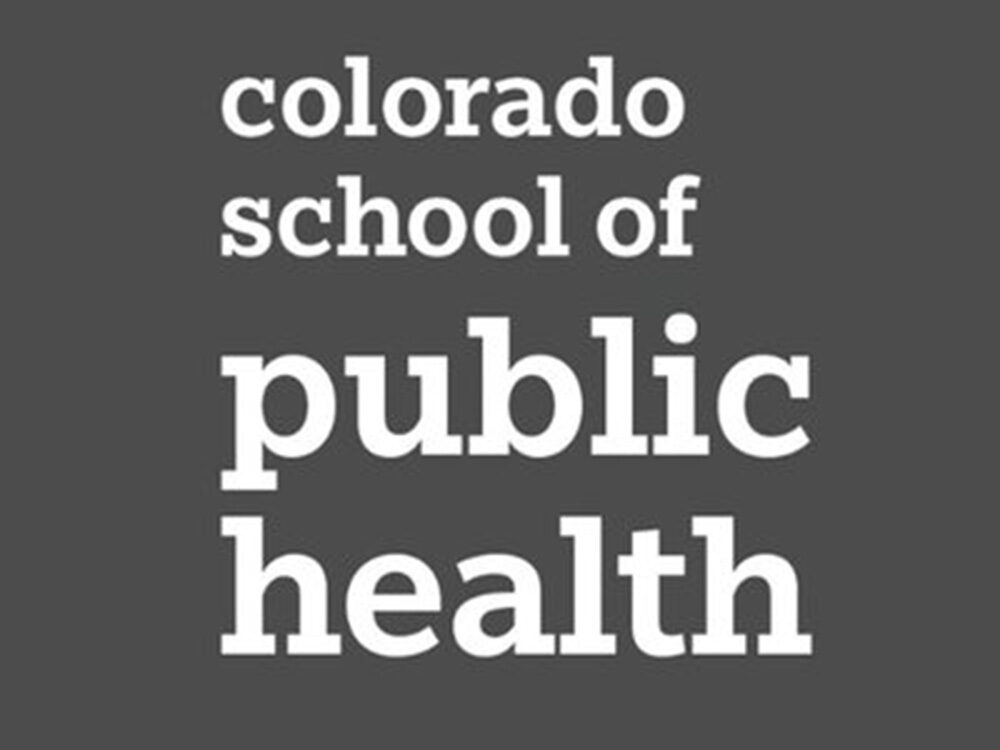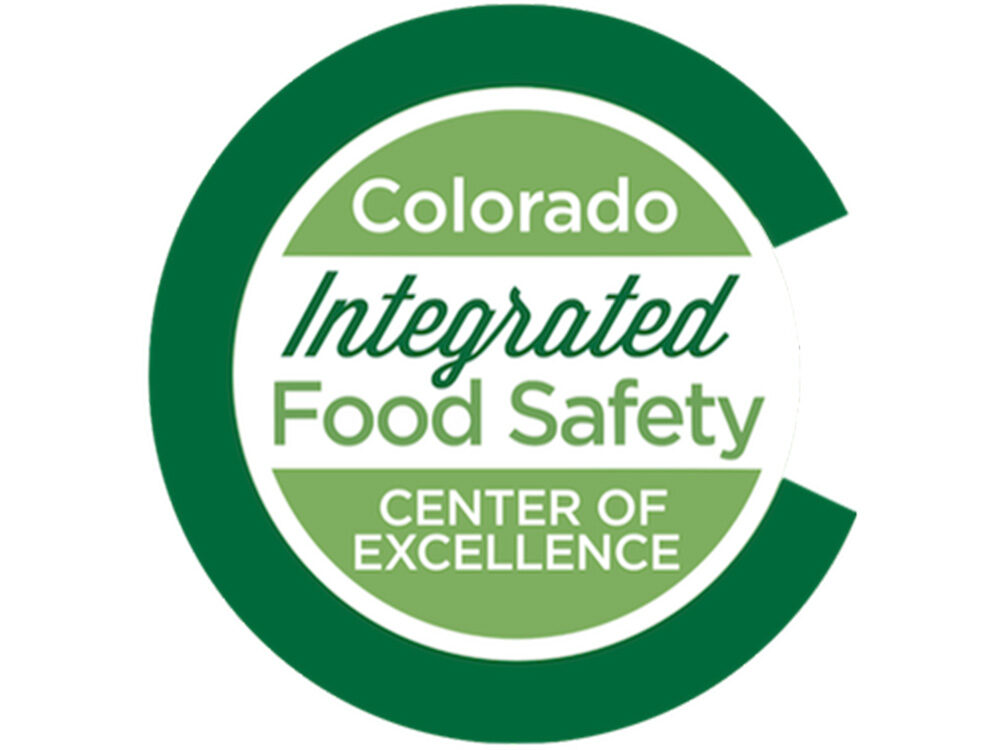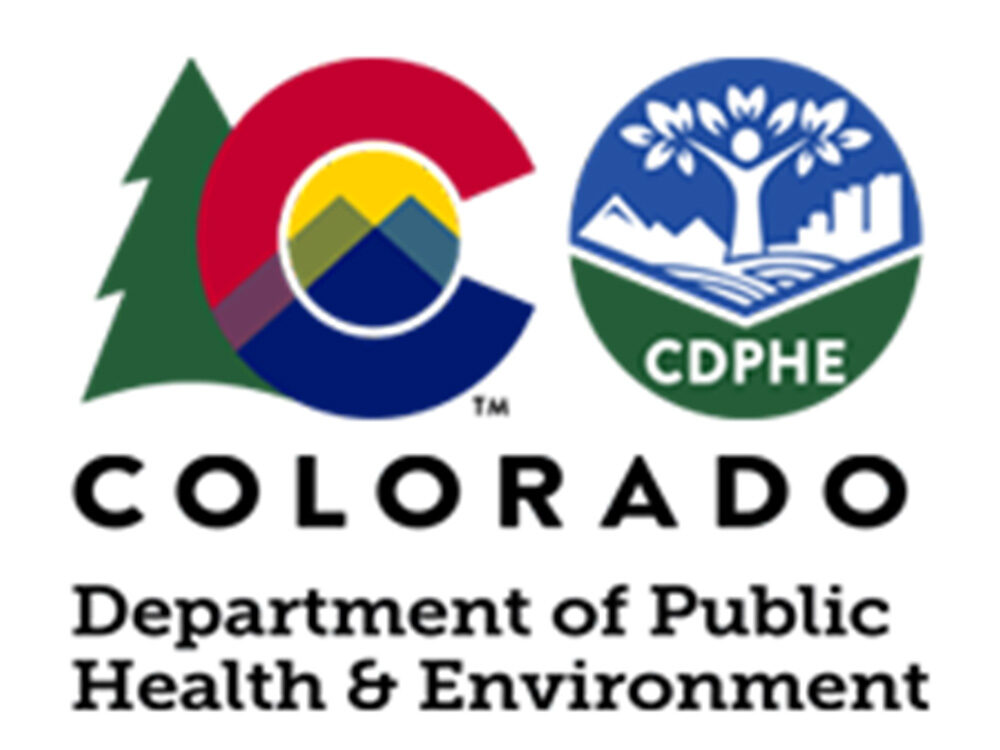About FSI
This website was developed by Extension researchers in the Department of Food Science and Human Nutrition at CSU, in collaboration with the Colorado School of Public Health, and the Colorado Department of Public Health and Environment, as part of the Colorado Integrated Food Safety Center of Excellence. We welcome contributions from individuals or groups working in food production and food safety in the United States. If you have any questions, comments, suggestions, please contact us.






